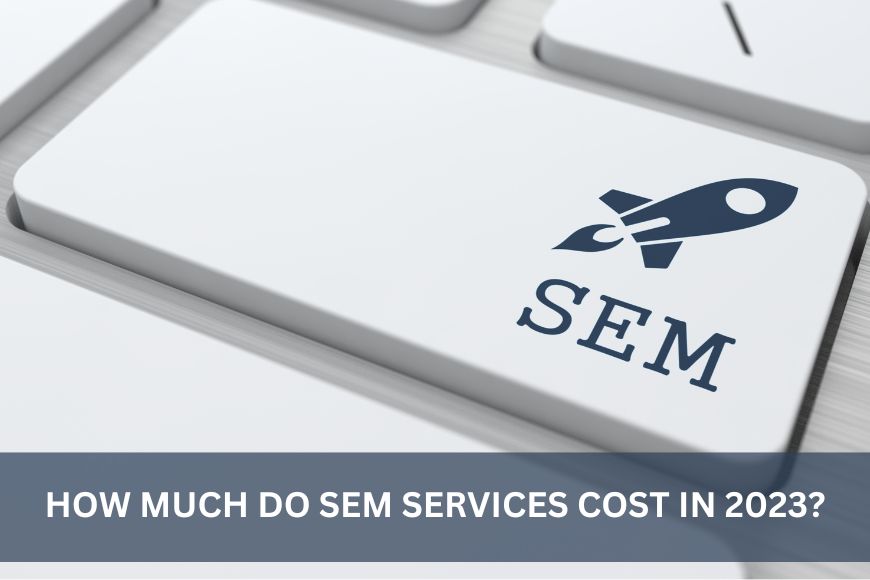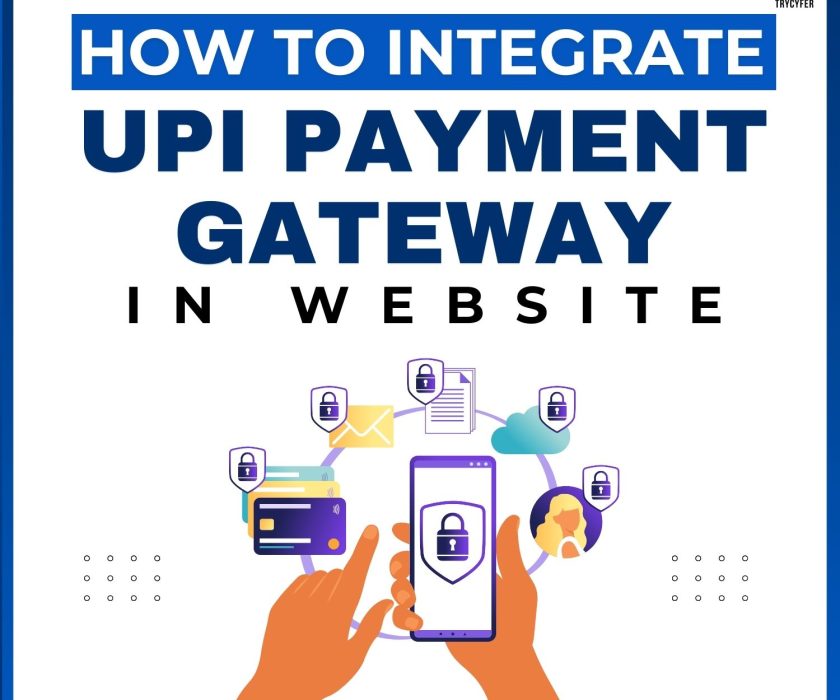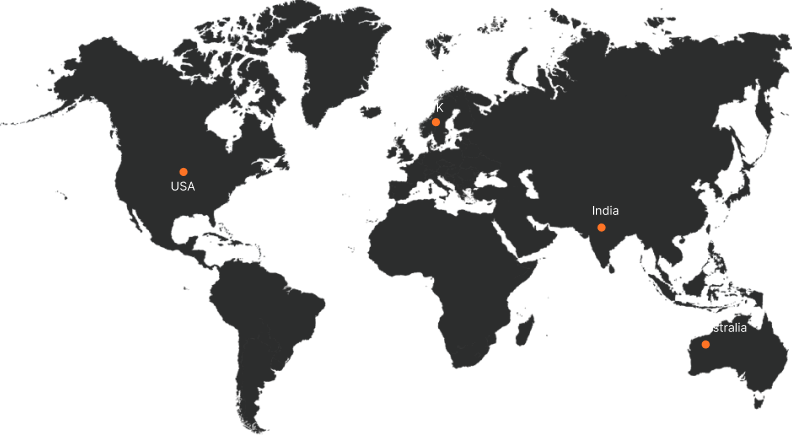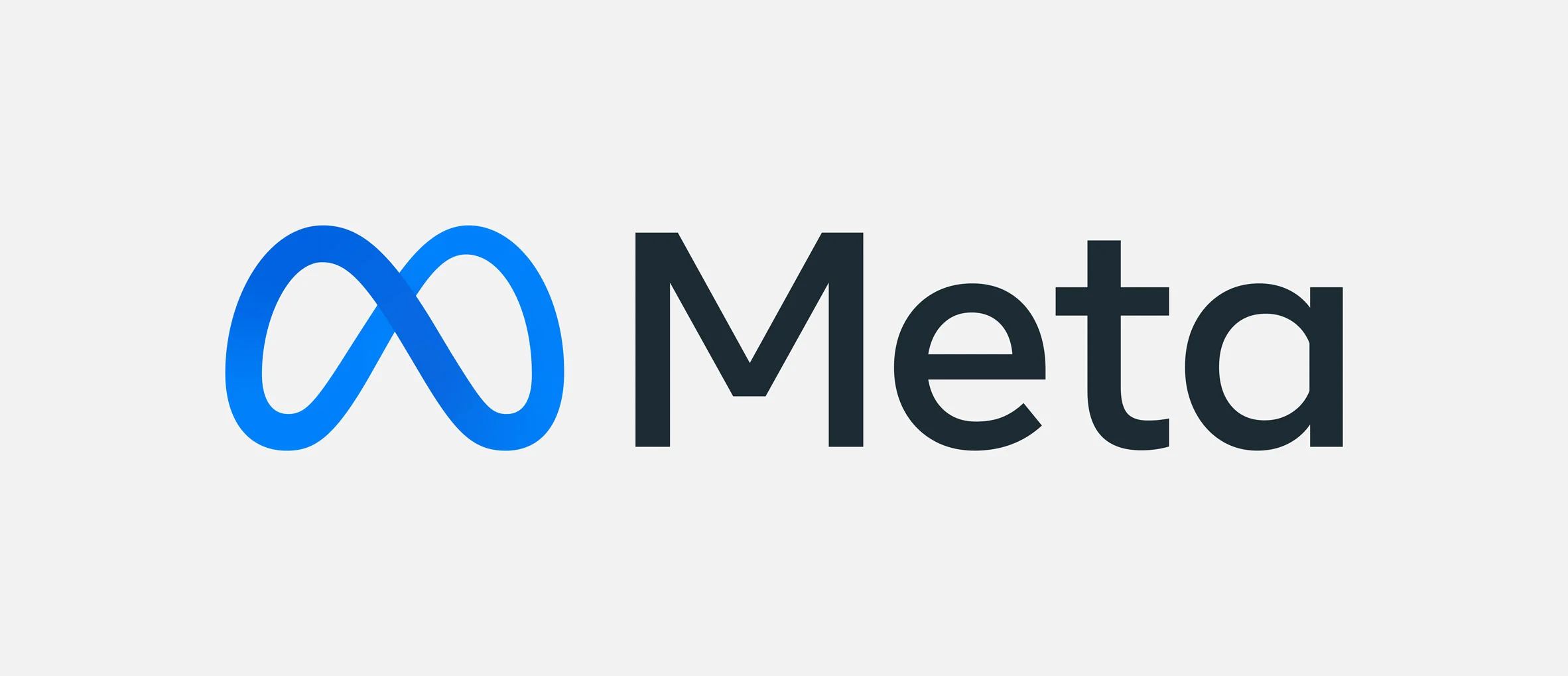How Much Do SEM Services Cost in 2023?

SEM Pricing in 2023: What to Expect and Factors to Consider
In the fast-paced world of digital marketing, Search Engine Marketing (SEM) remains a critical strategy for businesses. Pay-Per-Click (PPC) advertising, a cornerstone of SEM, is used by approximately 65% of small-to-midsize businesses. But what’s the price tag attached to SEM services in 2023? On average, Small-to-midsize businesses are allocating around $9,000 to $10,000 per month for SEM services, covering both ad spend and management costs. However, the actual cost of SEM services can vary widely due to numerous factors. In this article, we’ll delve into these factors and provide insights into what you can expect to pay for SEM services in 2023.
Determining SEM Costs: What to Consider
Every business’s SEM strategy is unique, which leads to a broad spectrum of pricing. Research and industry studies indicate that most small-to-midsize businesses invest within the range of $9,000 to $10,000 monthly for their SEM campaigns and services. Your specific expenditure, though, hinges on several variables, such as:
- Ad Spend Budget:The budget you allocate to your ad campaigns plays a significant role in determining your SEM costs. The higher your ad spend, the more you can expect to invest in SEM services.
- Your Chosen SEM Agency:Different agencies offer various pricing structures, and their reputation, expertise, and services can affect the cost. Agencies with more experience may charge a premium for their services.
- Your Advertising Strategy:Your chosen approach to SEM, including the complexity and scale of your campaigns, will influence your costs.
- Campaign Scale: The size of your ad campaigns, including the number of campaigns and ad groups, can impact your SEM pricing.
These variables collectively shape your SEM expenses. Thus, understanding these factors is crucial for making informed decisions regarding your SEM strategy.
SEO vs. SEM: Distinguishing the Two
Before delving deeper into SEM pricing, it’s essential to distinguish between SEM and Search Engine Optimization (SEO). SEO encompasses strategies aimed at improving organic search engine rankings, focusing on unpaid results. In contrast, SEM relies on paid strategies to enhance visibility in search engine results pages (SERPs) through paid advertisements. While SEM was once used to encompass both paid and organic techniques, it now predominantly refers to paid tactics.
SEM Agency Pricing Models
When exploring SEM pricing, you’ll come across various pricing models employed by agencies. Here are four common ones:
- Percent of Ad Revenue: This model ties your payment to the results achieved through your ad strategy. While it can seem attractive, it comes with unpredictability, potential pricing spikes during peak seasons, and issues related to determining assisted conversions.
- Percent of Ad Spend:Your SEM pricing under this model is based on your monthly ad spend, offering predictability and budget alignment. It reduces the likelihood of agencies pursuing low-value opportunities to boost revenue.
- Flat Rate Management: With this model, you pay a fixed monthly fee, ensuring cost predictability. However, it may lead to additional charges for extra services or requests, potentially impacting service quality.
- Capped Management Based on Percent of Ad Spend:This model combines elements of flat rate management and percent of ad spend models, providing predictability and flexibility in pricing. However, it may still lead to higher costs compared to in-house management.
Each of these pricing models has its advantages and disadvantages, so selecting the most suitable one depends on your specific needs and preferences.
Factors Influencing SEM Pricing
Apart from your agency’s pricing model, several other factors influence SEM pricing:
- Ad Strategy: The competitiveness of your industry and your advertising goals shape your ad strategy. A competitive sector may require a more robust strategy to stand out and achieve ROI.
- Ad Spend: Your ad spend budget not only impacts your SEM costs but also determines the type of strategy your agency can develop for you. An insufficient budget may limit your agency options.
- Agency Experience: The level of experience an agency possesses will impact your SEM costs. While experienced agencies may charge more, they often provide better results and a smoother experience.
- Campaign Size: The scale of your ad campaign, as determined by your agency, can affect pricing. Providing input while leveraging agency expertise can help optimize your budget.
- Agency Pricing Model: Your chosen agency’s pricing model will naturally influence your SEM costs. It’s essential to evaluate each model’s upfront and long-term value for your business.
By considering these factors, you can build a more accurate budget and make an informed decision when selecting an SEM agency.
Conclusion
In 2023, SEM remains a crucial digital marketing strategy for businesses, with costs varying based on several factors. Understanding SEM pricing models, as well as the factors that influence pricing, is essential for making informed decisions that align with your business goals. Ultimately, investing in SEM services can yield substantial returns by providing immediate online visibility, enhancing brand awareness, and optimizing your advertising budget.
For more insights on SEM pricing in 2023 and expert recommendations, read the full article at https://trycyfer.com/blog/how-does-search-engine-marketing-work/











